Defense-Forward Biosecurity
Codon
AUGUST 27, 2024
Allison Berke makes the case for real-time DNA sequencing and AI tools to detect pathogens before they spread widely. Reading DNA The first step in detecting a novel pathogen is recognizing it as an anomaly amidst a noisy background of other material. After copying the DNA to form a big pool, each piece is sequenced.

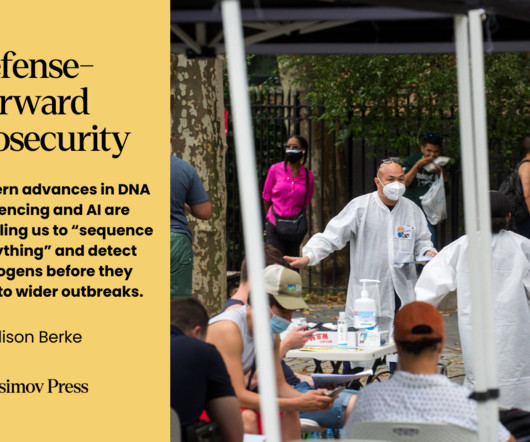
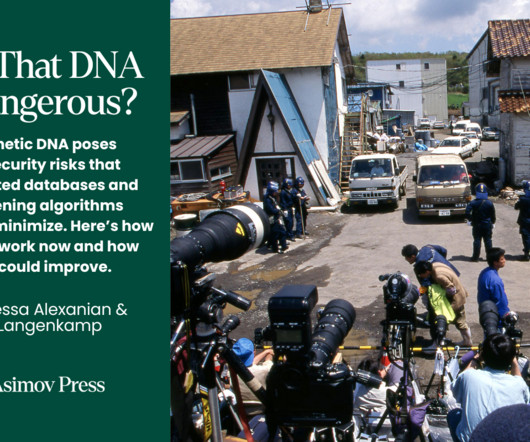
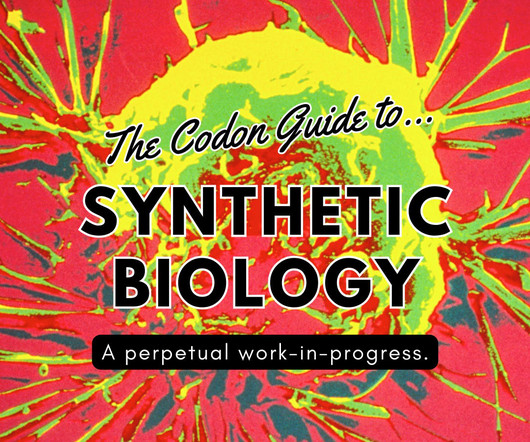
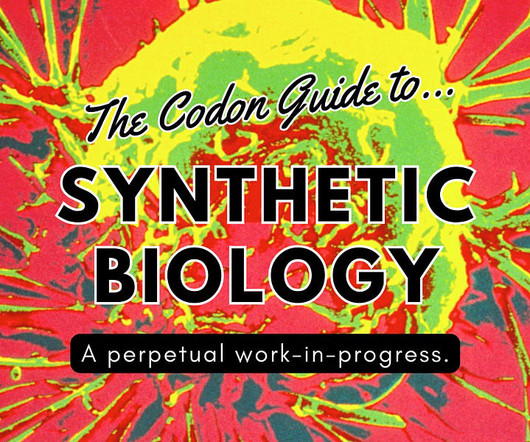
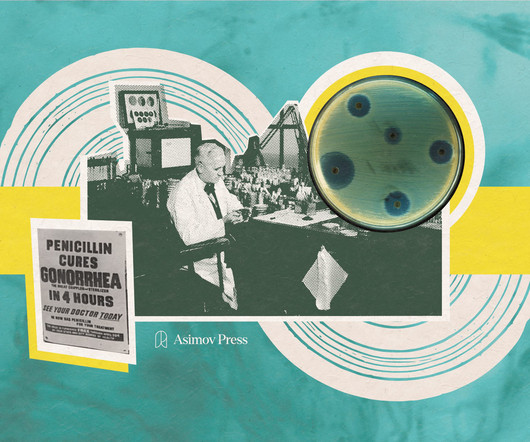






Let's personalize your content